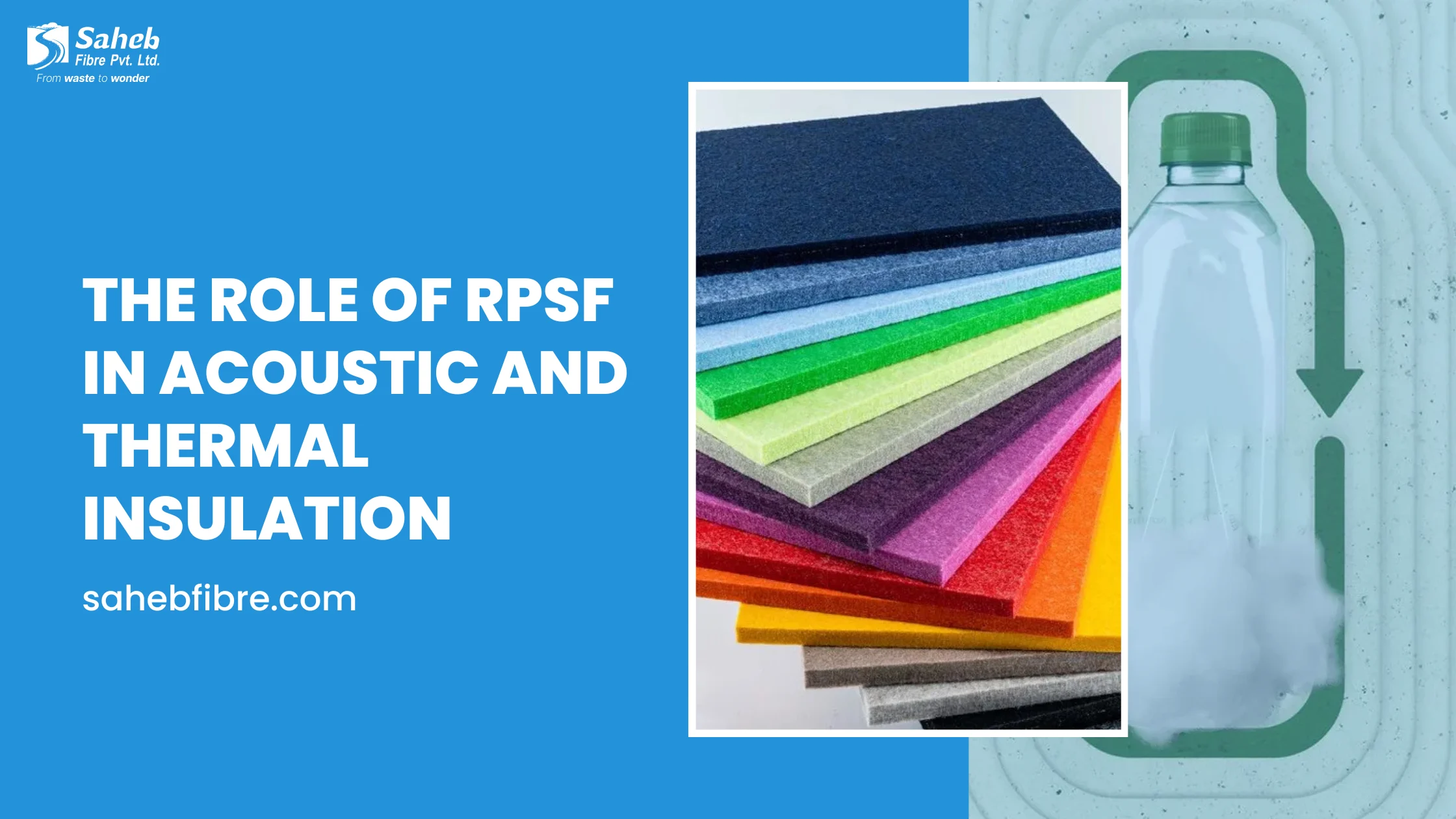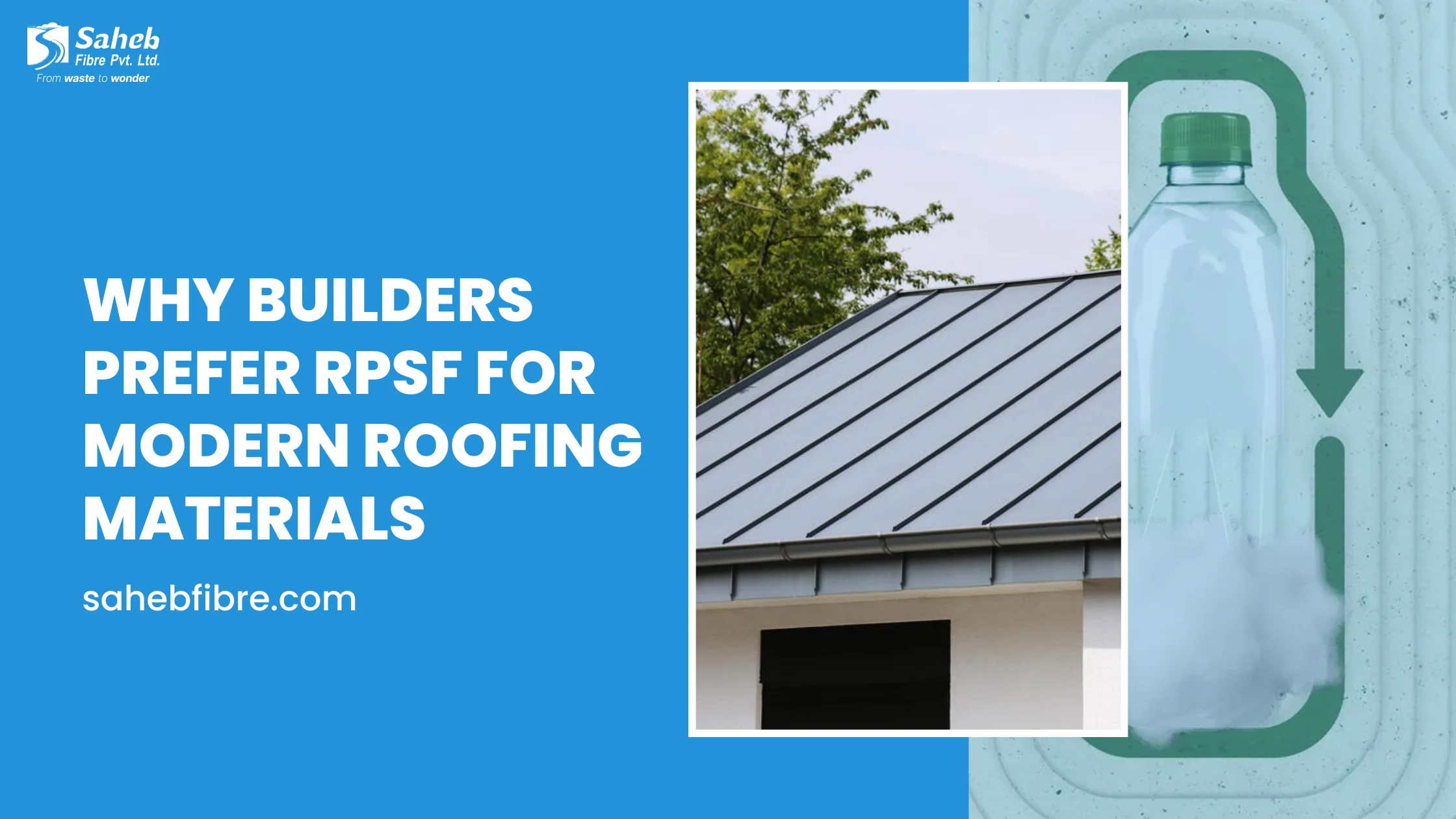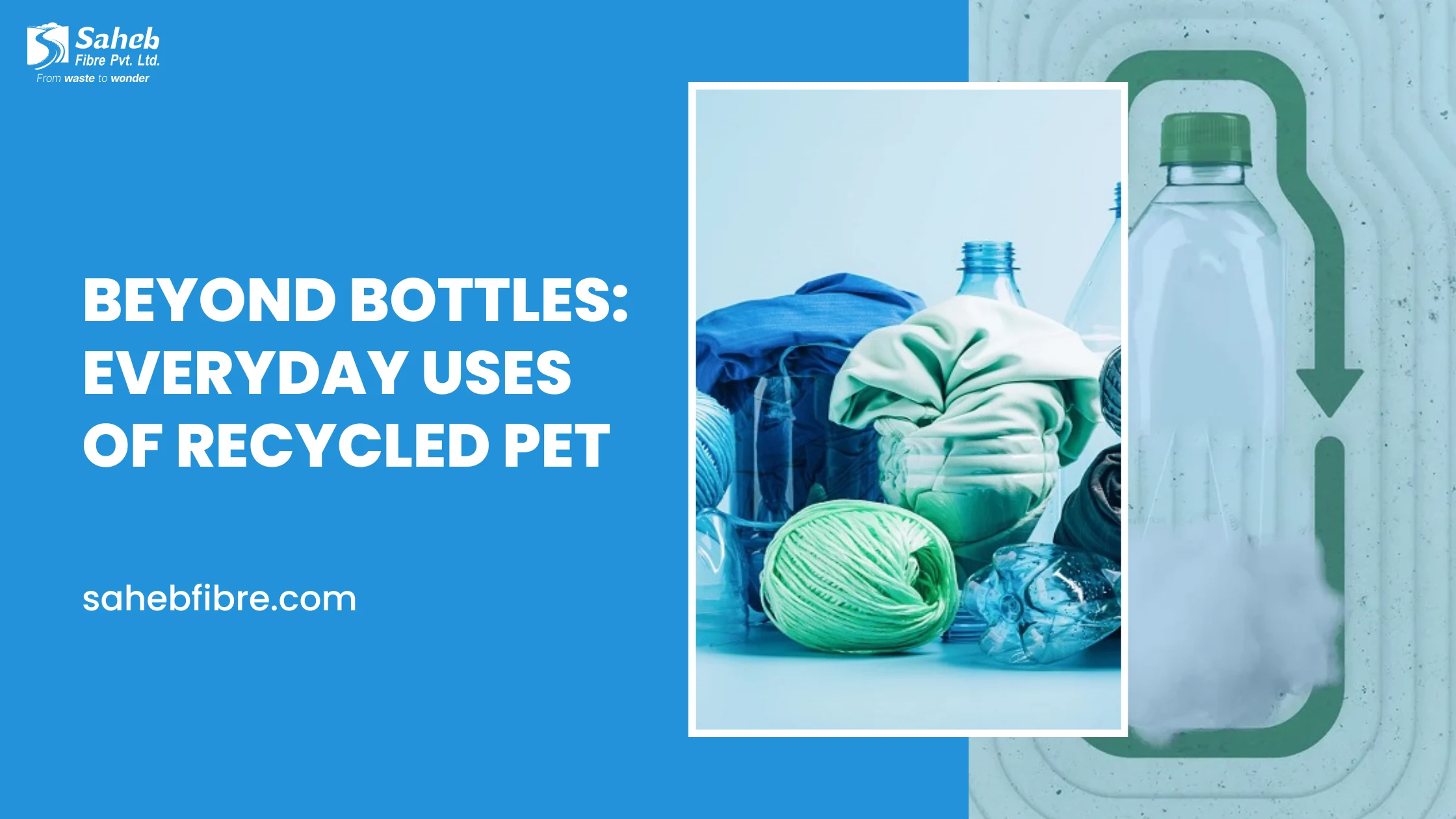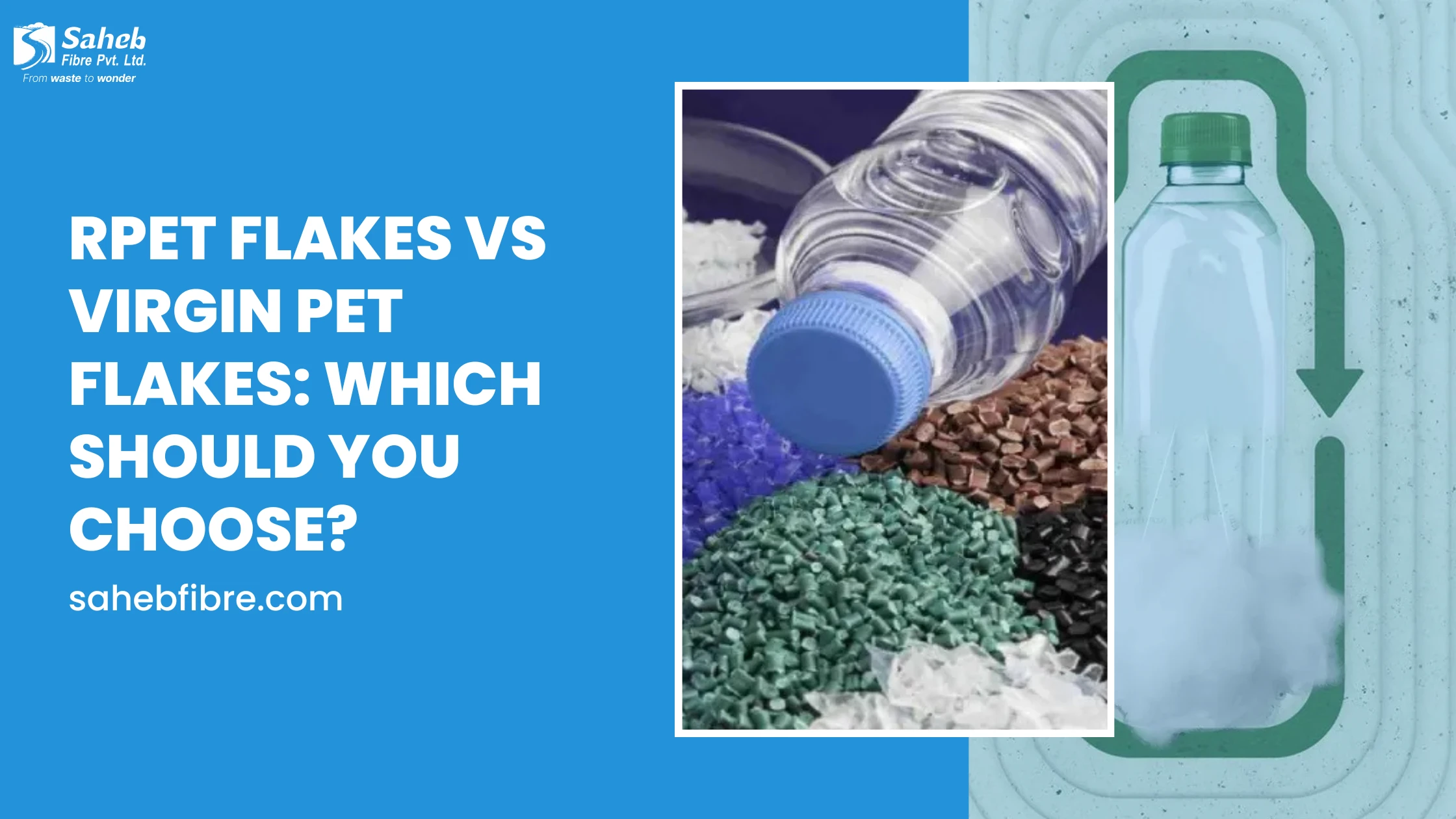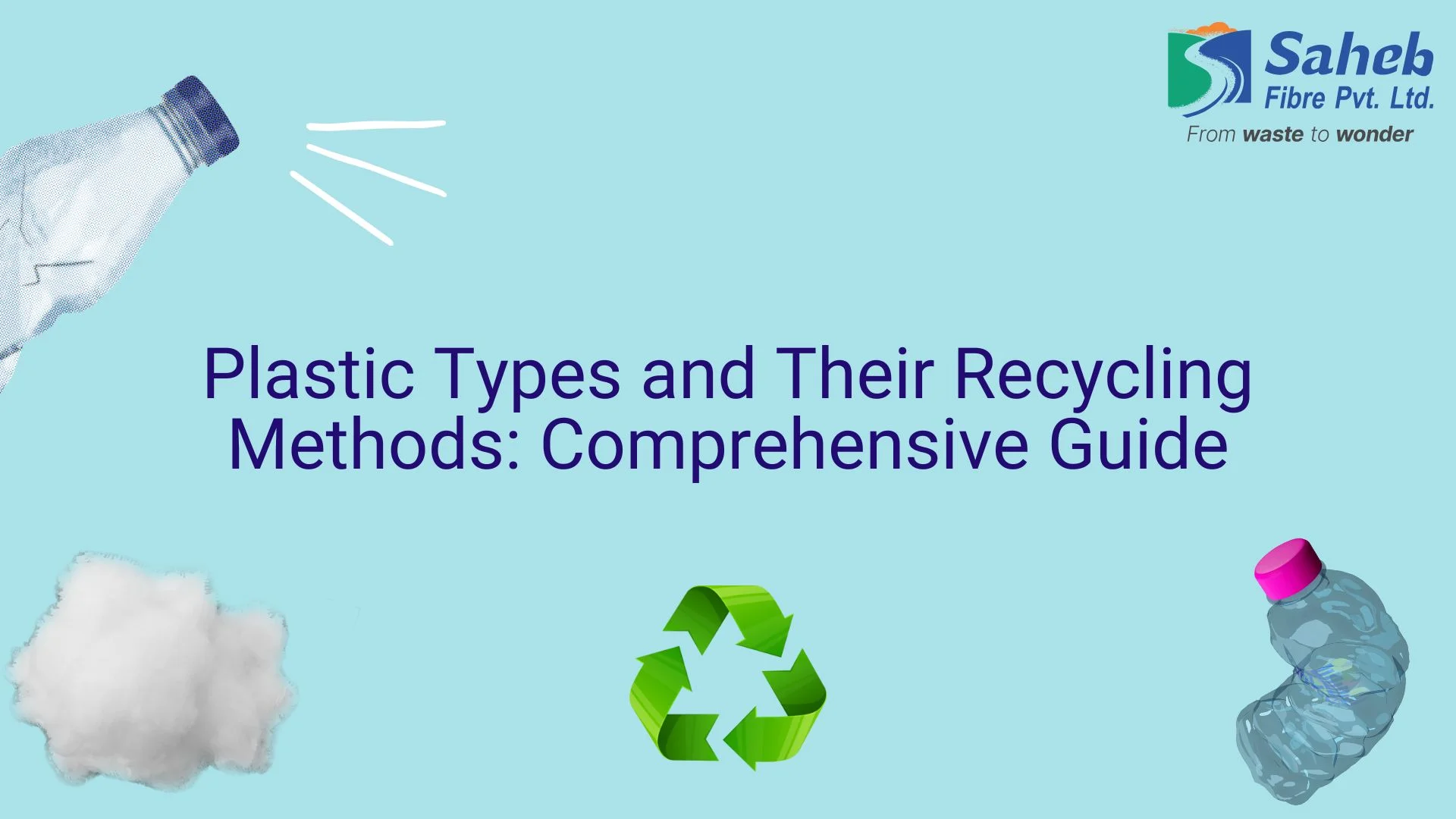
Introduction
From water bottles to food containers, electronics, or furniture, plastics surround us today. This plastic material has transformed many industries in the world, but it also poses an important challenge for the environment. The vast piling of plastics in landfills and oceans highlights the necessity of recycling as effectively as possible. The pollution will be cut off by recycling plastics while saving resources and energy. This paper discusses several types of plastics and recycling methods, focusing on novel approaches of sustainable plastic recycling.
Understanding Plastic Types
Plastics are generally classified into different types based on the chemical composition, which makes them recyclable. Majorly, the classifications are named by the Resin Identification Code, a numeric naming.
1. PET (Polyethylene Terephthalate)
-
Common Uses: Soft bottles, food containers.
-
Recyclability: Highly recyclable and widely accepted within most curbside recycling programs. PET is commonly processed into products like recycled polyester fibers.
2. HDPE (High-Density Polyethylene)
-
Common Uses: Milk jugs, detergent bottles, grocery bags.
-
Recyclability: Easily recycled, HDPE is manufactured into new bottles, pipes, and plastic lumber.
3. PVC (Polyvinyl Chloride)
-
Common Uses: Plumbing pipes, window frames, and medical tubing.
-
Recycling Challenges: PVC recycling is problematic because of the toxic additives. It is downcycled more often rather than being recycled into quality material.

4. LDPE (Low-Density Polyethylene)
-
Common Uses: Plastic bags, cling wrap, and squeeze bottles.
-
Recyclability: Recyclable, but less commonly accepted in regular recycling streams. LDPE can be recycled into liners for trash cans and floor tiles.
5. PP (Polypropylene)
-
Common Uses: Food containers, car parts and fabric.
-
Recyclability: There is limited recyclability, but PP can be regrind into disposable items such as signal lights, battery cables, and broom fibers.
6. PS (Polystyrene)
-
Common Uses: Disposable cups, packaging foams, and cutlery.
-
Recycling Limitations: Styrene recycling is expensive and has a low market demand due to health hazards and pollution during recycling.
7. Other Plastics
-
Common Uses: Mixed plastics, polycarbonate, and bioplastics, among others.
-
Recycling: These tend to be hard to recycle and for the most part are not accepted by most curbside recycling programs.
Recycling Methods by Plastic Type
The recycling process varies according to the type of plastic, and there are a number of key processes used globally.
1. Mechanical Recycling
-
Process: Plastics are separated, cleaned and then shredded and re-manufactured into pellets to form new products.
-
Best For: Common plastics like PET and HDPE. This works well but is sometimes limited by contamination problems.
2. Chemical Recycling
-
Process: Plastics are broken down at a molecular level into their original chemical components, which can be reused almost completely.
-
Best For: Plastic types like PVC and PS, that are mechanically hard to recycle. Chemical recycling is costly but material recovery can be achieved of high purity.
3. Thermal Recycling
-
Process: Plastics are incinerated in order to recover energy.
-
Pros and Cons: Energy recovery is a waste volume reduction method, and the emission related to it may be hazardous and not at all in a circular path.
4. Innovative Methods
New technologies facilitate the recycling of more varieties of plastics. Saheb Fibre is among such industrial giants who are working outstandingly well in recycling PET to high-quality products. Advanced processes create Recycled Polyester Staple Fiber (RPSF), PET chips, and flakes to become raw materials for different types of industries.
Challenges in Plastic Recycling
Even after these developments, there are quite a number of problems that make plastic recycling not effective.
-
Contamination: Food residues and other contaminants generally contaminate the recycling process.
-
Economic Viability: Recycling can be costly, especially for less common plastics.
-
Limited Consumer Awareness: Public knowledge about recycling practices remains low, impacting collection and sorting accuracy.
Saheb Fibre’s Role in PET Plastic Recycling
Saheb Fibre plays a pivotal role in advancing plastic recycling, focusing on transforming PET waste into valuable materials:

-
Recycled Polyester Staple Fiber (RPSF): From the recycling of PET, RPSF provides textiles, automotive, and industrial applications with a high-quality alternative to virgin polyester.
-
PET Chips and Flakes: PET Flakes are raw materials for packaging, bottles, and other high-quality recycled products.
Saheb Fibre reduces plastic waste through innovative recycling technologies and supports the concept of circular economy.
The Future of Plastic Recycling
The future of plastic recycling appears very bright as technology advances and global efforts push toward a circular economy. Emerging technologies may soon render previously non-recyclable plastics recyclable. Organizations like Saheb Fibre are at the forefront, championing sustainable solutions in addressing a greener planet.
Conclusion
It is very important to understand the types of plastics and how they are recycled in order to address the environmental debate. Big ways the entire process can be influenced on behalf of best industry and individual practices here lies the leadership that Saheb Fibre brings forth by presenting new solutions that make recycling more efficient and sustainable This unlocks a clean and bright future for all.
FAQs
1. What are the main types of plastics?
Plastics are categorized into seven types: PET, HDPE, PVC, LDPE, PP, PS, and Others (e.g., Polycarbonate).
2. Can all plastics be recycled?
No, only some plastics like PET and HDPE are widely recycled, while others face challenges due to contamination or cost.
3. Why is recycling important?
It reduces plastic waste, conserves resources, and minimizes environmental pollution.
4. Which plastics are easiest to recycle?
PET and HDPE are the easiest and most widely recycled plastics due to their simple chemical structures and high demand for reuse.
5. What types of plastics are non-recyclable?
Plastics like PVC, PS, and "Others" are often not recycled due to contamination, cost, or chemical complexity.
6. What happens to plastics that aren’t recycled?
Non-recycled plastics often end up in landfills, incinerators, or as environmental pollution, contributing to long-term ecological damage
